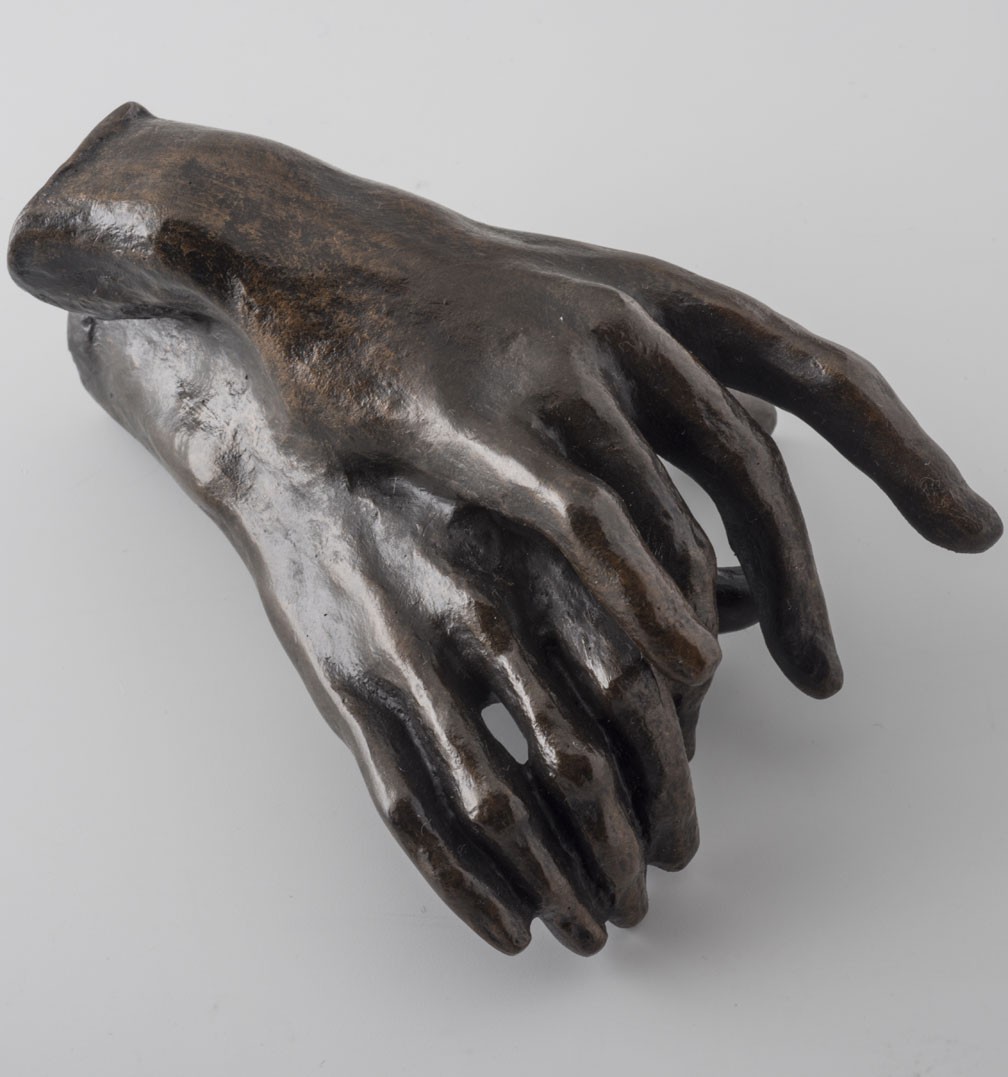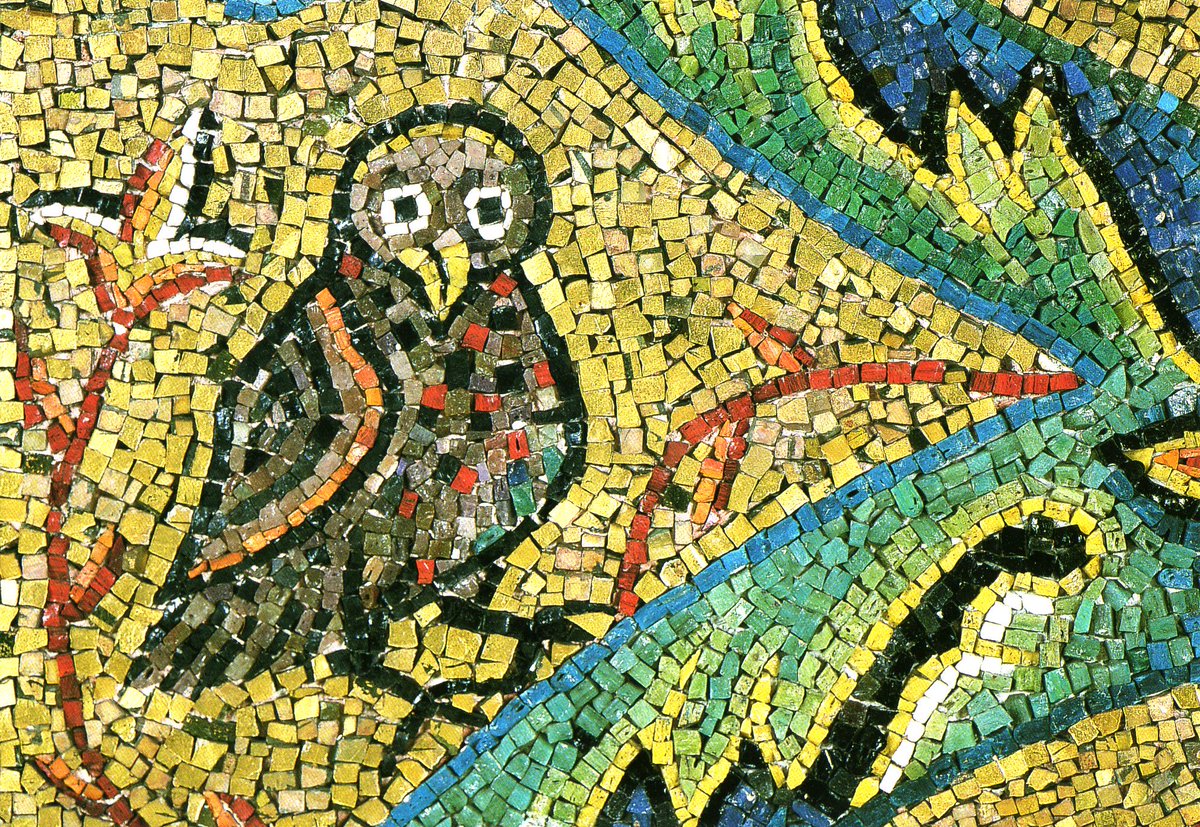1929
1930
1931
1932
1933
1935
1936
1937
1938
1939
1940
1942
1944
1945
1946
1948
1949
1950
























